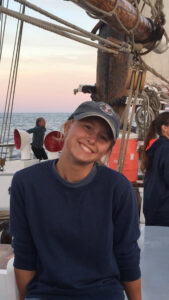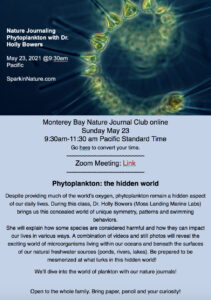The Alliance for Coastal Technologies is pleased to announce the release of Performance Demonstrations for several Harmful Algal Toxin Detection Systems including 1) MBio’s HAB Toxin MC/CYN Gen 1 System (microcystin/cylindrospermopsin); 2) Beacon Analytical Systems’ Field Tube Kits (microcystin and domoic acid [beta version]); and 3) Phytoxigene real-time qPCR kits: CyanoDTec (microcystin/nodularin, cylindrospermopsin, saxitoxin, cyanobacterial 16S) and DinoDTec (saxitoxin in dinoflagellates).
pdf’s available here
The kits were put through a series of laboratory (Moss Landing Marine Labs [CA], Bowling Green State University [OH]) and field deployments in Long Island Sound (NY), the Great Lakes (MI), and the Monterey Bay (CA) area.
The Evaluation Team included: Tom Johengen, Heidi Purcell, Deanna Fyffe (Cooperative Institute for Great Lakes Research), G. Jason Smith, Holly Bowers (Moss Landing Marine Labs), Dan Schar (Hawaii Institute of Marine Biology), Tim Davis (Bowling Green State University), Earle Buckley (Buckley Environmental), and Mario Tamburri (University of Maryland Center for Environmental Sciences).
The team wishes to acknowledge the support of all those who helped plan and conduct the demonstrations, analyze the data, and prepare these reports. In particular, we would like to thank our Technical Advisory Committee: Joel Allen, U.S. Environmental Protection Agency, Dianne Greenfield, Dr. Dianne Greenfield, City University of New York (CUNY), Meredith Howard, California State Water Resources Control Board, Keith Loftin, U.S. Geological Survey for their advice and direct participation in various aspects of these demonstrations. Earle Buckley also provided critical input on all aspects of this work and served as the independent Quality Assurance Manager. This work has been coordinated with, and funded by, the National Oceanic and Atmospheric Administration, Integrated Ocean Observing System program.




